FORT BENNING, Ga. - Would you know a healthy stream just by looking'
Gone are the early days of the Clean Water Act when it was easy to pinpoint water pollution sources.
"It was easy initially to find those sources of pollution, where a factory was discharging pollutants directly into a stream, and determine what the maximum daily loads were going to be," said George Williams, a mitigation and monitoring specialist contracted by Fort Benning's Directorate of Public Works, Environmental Management Division, to monitor the post's waters. "They got a pretty rapid increase in water quality when they started monitoring those point sources but then they started realizing that the non-point sources - the things you couldn't exactly point to - are the more difficult water pollution sources to get a handle on or control."
One of the most common non-point source pollutants facing streams, rivers and lakes in the world is sediment, according to the Environmental Protection Agency.
Sediment is essentially dirt; however, often grease, oils and organic compounds are absorbed by the sediment and get in the streams that way, Williams said.
The EPA established water management guidelines and a classification system called the Rapid Bioassessment Protocol to assess the healthiness of the nation's waters. The RBP assesses biological, chemical and physical components to meet the objectives of the Clean Water Act.
Georgia refined the RBP for its geographic region and Fort Benning uses that protocol to assess stream health.
In early 2009, the post completed the first phase of its stream assessment project by sampling 38 streams, Williams said. In mid-September, phase two began and streams will now be sampled on a rotating basis.
Assessing stream health
To determine stream health, experts look at physical, chemical and biological data collected from a 100-foot section of a stream near the bottom of the valley it drains. The data is compared against reference streams on Fort Benning and in the region. Reference streams are those that exhibit the best characteristics and best expected attainable quality for a region.
Streams are looked at within the context of their region.
"We are going to see different things in Fort Benning streams than we would if it were a coastal stream or a Blue Ridge mountain stream," Williams said.
While physical and chemical data are important, the biological characteristics of the stream are the best indicator of its healthiness, he said.
"If your stream has a healthy, diverse community of organisms, it's a pretty good indication that conditions within the valley are pretty good," Williams said.
Watershed management
The Environmental Management Division's watershed management program oversees the assessment of all post streams - totaling nearly 750 miles. The goal is to work toward environmentally and economically healthy watersheds - areas of land that catch rain and snow and drain into marshes, streams, rivers, lakes or groundwater - that benefit all who have a stake in their success, such as landowners, communities and counties.
"The approach to regulating the quantity and quality of water takes on a cooperative nature," said Hugh Westbury, program manager for the watershed management program.
Regulatory agencies from Georgia, Alabama and the federal government have teamed up with Muscogee County and Fort Benning to address issues to manage and improve local streams. The reason for a cooperative approach' Water is fluid.
"Water moves across both political and property boundaries," Westbury said. "If someone pollutes it in one place, the water carries that pollution to other properties ... Most of our streams begin outside the installation and any pollutants introduced to them will flow onto post and eventually to the Upatoi and Chattahoochee rivers."
"It's important people living on the installation know that anything they allow to get into the surface water system is going to affect fisheries and drinking water downstream," Westbury said. "People are exporting their trash when they throw stuff into streams or allow it to get washed away."
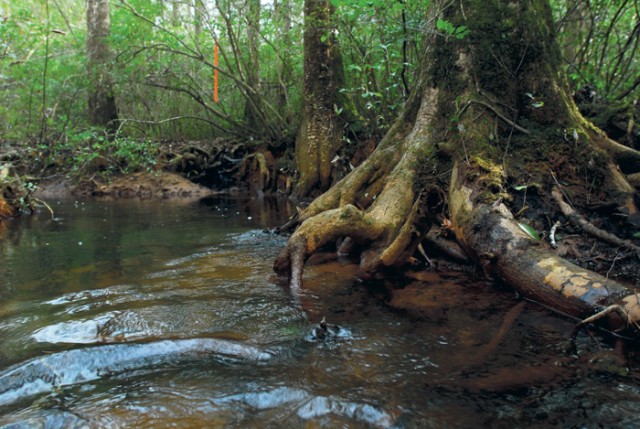
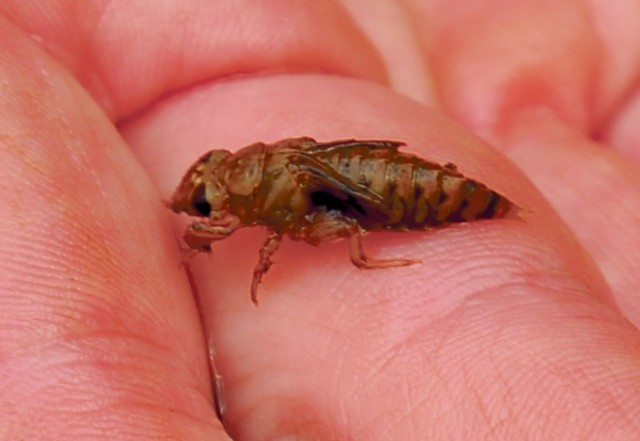
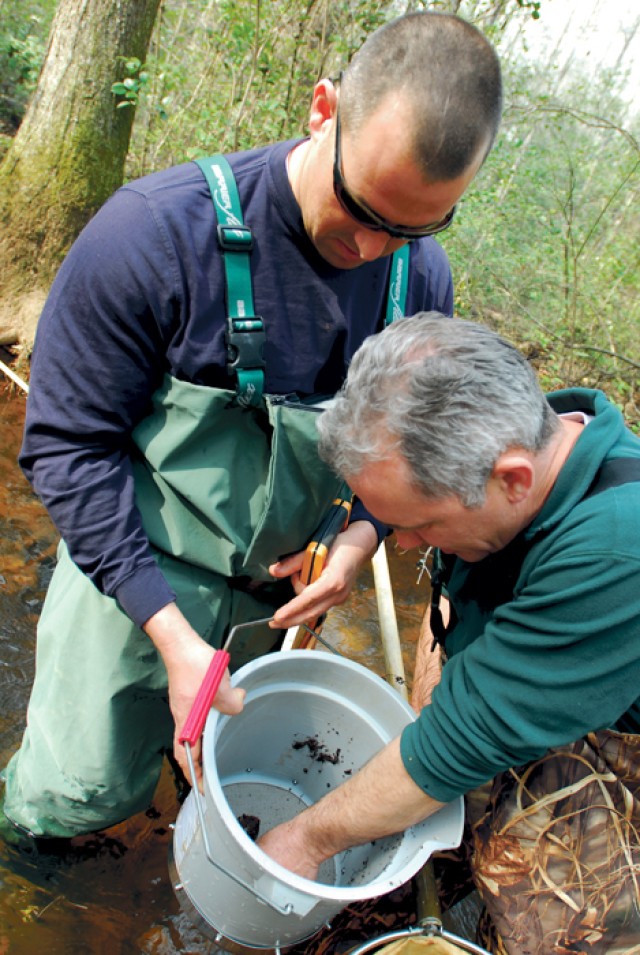
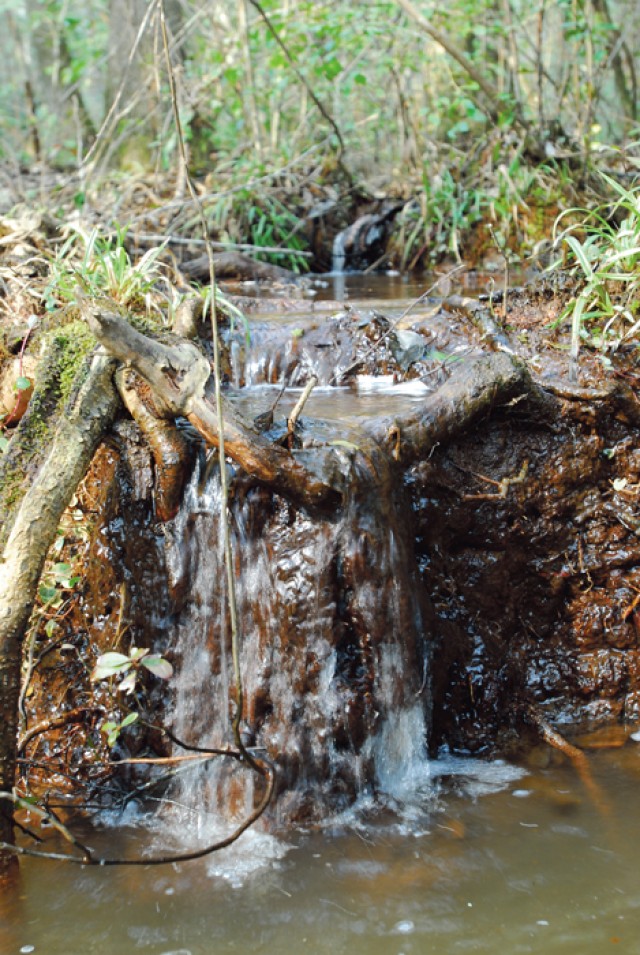
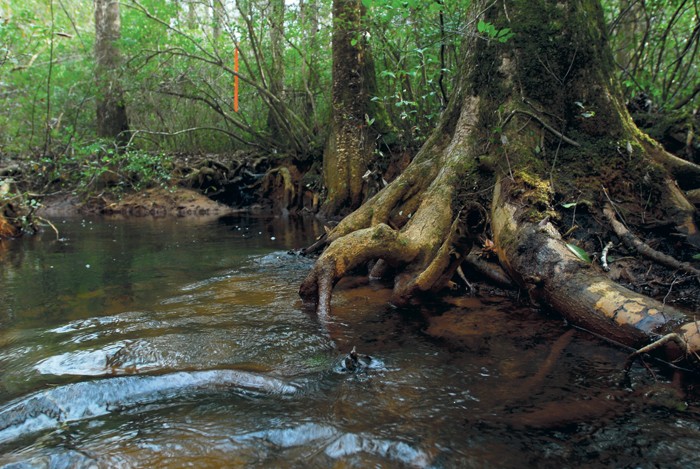
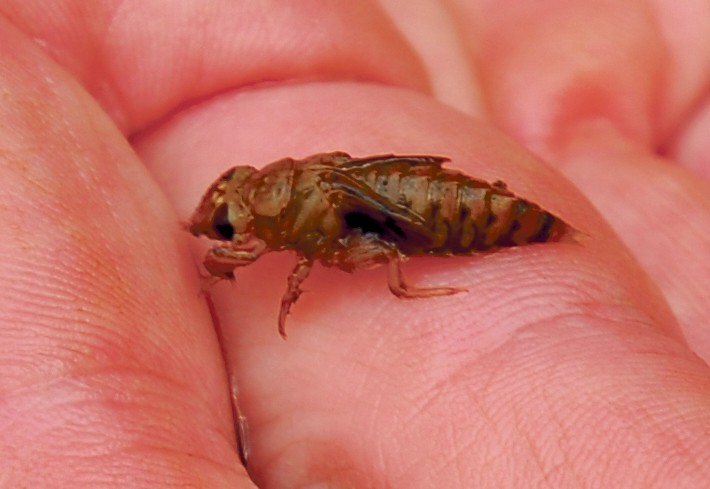
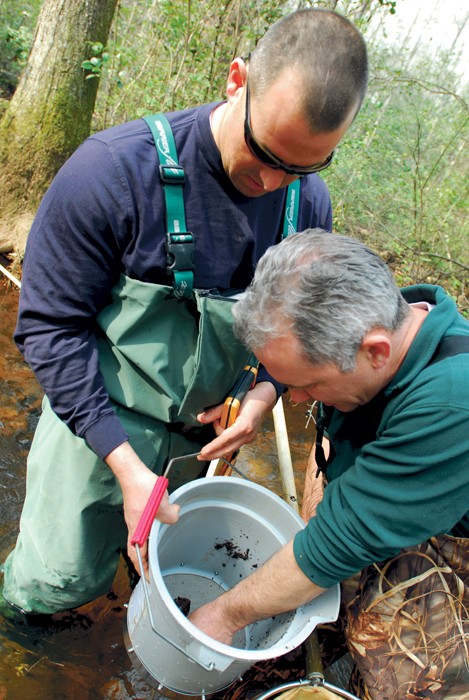
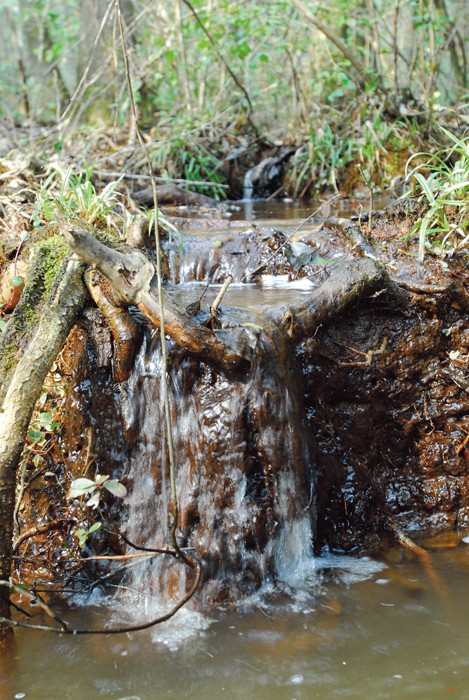
Social Sharing